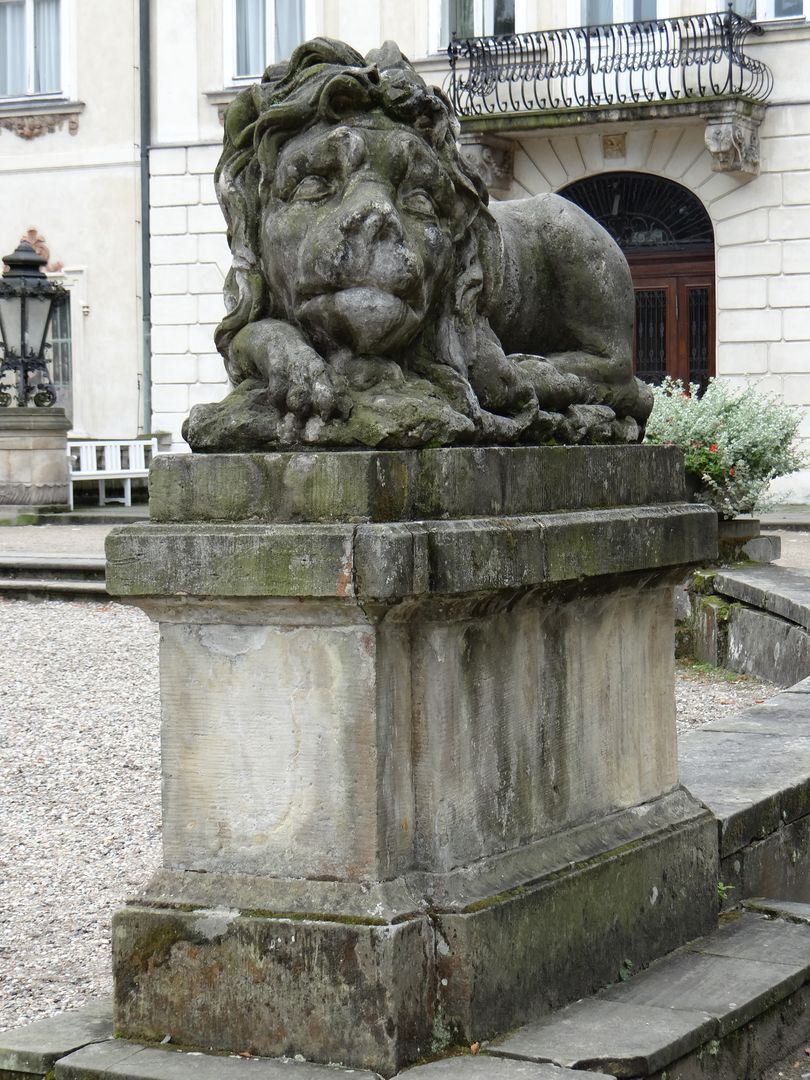Nieborów Palace
7.73

Overview
Nieborów Palace, built between 1690 and 1696 on the commission of Primate Michał Stefan Radziejowski, is an exceptional architectural monument in Poland, designed by Tylman van Gameren. Set within a picturesque landscape park, the Baroque-style palace features a symmetrical facade with 13 axes and two projecting towers. In the 18th century, it was enriched with Rococo and Neoclassical elements, and the interiors, designed by Szymon Bogumił Zug, acquired a unique style. The palace's history is rich; from 1774, it belonged to the Radziwiłł family, who amassed a valuable collection of artworks, furniture, and rare old prints within its walls. Notable figures associated with the palace include Stanisław August Poniatowski and Emperor Alexander I. After World War II, the palace was nationalized and transformed into a branch of the National Museum in Warsaw. It housed a creative work retreat, while part of its rooms were opened to visitors. The palace complex also includes a historic park, which underwent reconstruction between 1949 and 1950. The palace served as a backdrop for numerous films and inspired artists, including Konstanty Ildefons Gałczyński, who wrote a poem about it. Listed in the register of monuments in 1962, the palace is one of the best-preserved aristocratic estates in Poland, combining a rich history, architectural marvels, and priceless cultural collections.
Location
2025 Wizytor | All Rights Reserved